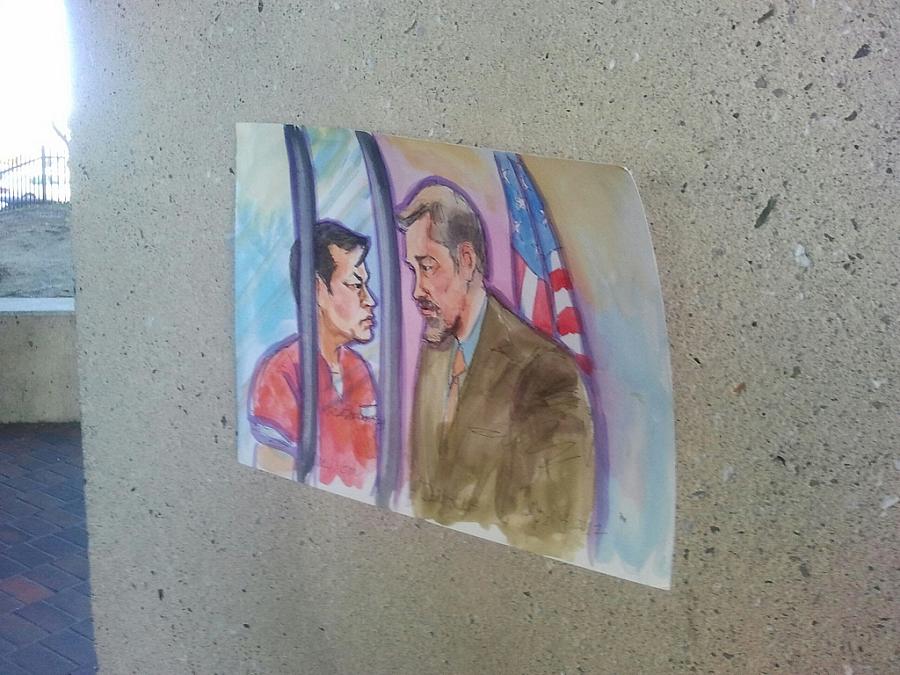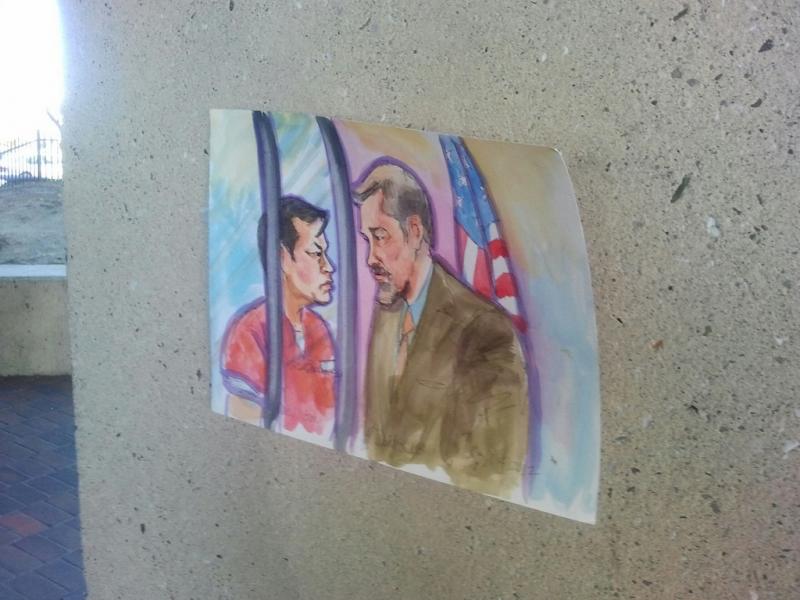After Oikos University Shootings, Examining Mental Health and Stigma in Asian-American Community

 By now, the media glare focused on Monday's mass shooting at Oikos University in Oakland, Calif. has turned to the suspect: One Goh, a 43-year-old former nursing student who admitted to police that he shot and killed people at Oikos because he was angry about being denied a tuition refund after he chose to leave the Christian vocational school. When Goh's rampage was over, seven people were dead and three were wounded.
By now, the media glare focused on Monday's mass shooting at Oikos University in Oakland, Calif. has turned to the suspect: One Goh, a 43-year-old former nursing student who admitted to police that he shot and killed people at Oikos because he was angry about being denied a tuition refund after he chose to leave the Christian vocational school. When Goh's rampage was over, seven people were dead and three were wounded.
At a memorial hearing for the victims, Oakland Mayor Jean Quan had this to say:
"This is America," she said, "where you can find a gun easier than mental health services."
That harsh reminder comes at a time when recession-strapped communities around the nation continue slash budgets for mental health care. Getting help is even more difficult in some ethnic communities where mental illness is severely stigmatized.
One Goh was born in South Korea, and by most news accounts struggled with a number of personal and financial demons, including reportedly being teased by his fellow students, before arming himself with a .45-caliber handgun and several rounds of ammunition for his final trip back to Oikos. Researchers have documented attitudes among Korean-Americans and other Asian-Americans that depression is a sign of personal weakness and that having a mentally ill family member brings shame to the whole family. While little has been reported about Goh's mental state or whether he's mentally competent to stand trial, one of his nursing teachers noted that Goh had bragged about being violent.
Sing Tao Daily reporter Rong Xiaoqing, who received a Dennis A. Hunt Fund for Health Journalism grant to report on Asian-American mental health, examined how stigma and language barriers prevented near-suicidal Asians from getting the psychiatric services they desperately needed.
Here's what Xiaoqing wrote for ReportingonHealth about her experience reporting that story:
The scholars I interviewed told me it is tough for them to find people to talk with as well because few survivors and family members want to open their wounds again. Also, the myth that talking about suicide with suicidal people would push them further to the edge makes scholars very careful. Scholars did not want to share their sources with me. So after I interviewed many scholars, social workers, psychologists and some family members of people with depression, I still felt that I didn't have a strong anecdote.
A breakthrough came when I accidentally found a blog entry by a young toy designer named June Shieh that documented the author's personal experiences of fighting against depression and the trauma of losing her mother to suicide. I met June, and surprisingly found her to be a joyful young lady, full of inspiration and dreams. She wanted to share her suffering with readers because she believes -- and I agree -- that silence only makes things worse.
June is a second generation Asian who grew up in the U.S. This may have helped in her openness. I still think that people who grow up in traditional Asian cultures might not be as open. But I hope the story has at least shown them how dangerous it is to try to hide their depression and suicidal thoughts.
Related Content:
5 Tips for Covering Mental Health Amid Recession, Budget Cuts
Suicidal Asians Need Help, But Stigma, Language Barrier Impede Access to Care
National Alliance on Mental Illness: Korean American Community Mental Health Fact Sheet
The Mental Health of Asian Immigrants: "Building the plane while we fly"
Photo credit: George Kelly via Flickr

